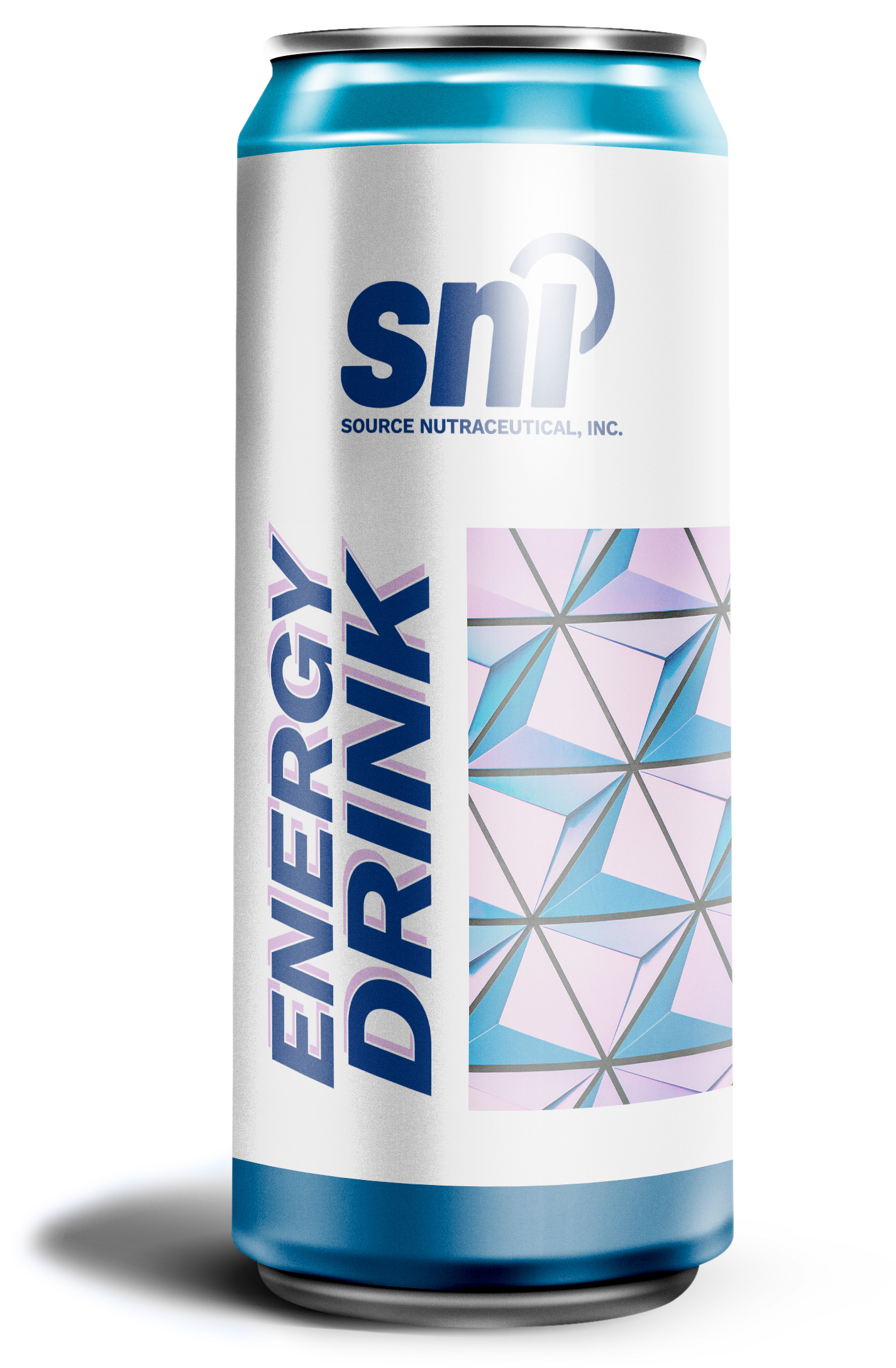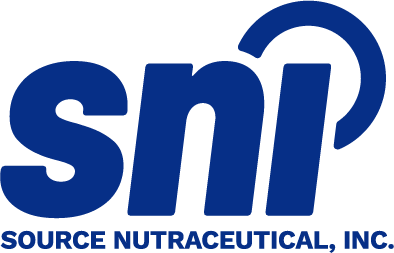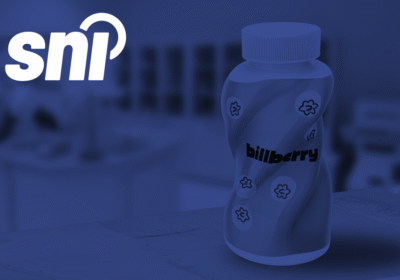Recently, we shared an overview of the new Supplemented Food Regulations, and what brands can expect in terms of ingredients, labelling, and product classification.
In other words, there’s a new regulatory pathway in town for these unique products in Canada!
In this post, we tackle formulation challenges for supplemented foods and what companies need to know to stay competitive and compliant.
FORMULATION CHALLENGES FOR SUPPLEMENTED FOODS
At its most basic, brands developing products now have an additional option to enter the market as a supplemented food (rather than a food). Or, you may have products on the shelf already in another market or another product category that could be considered supplemented food and therefore would be regulated and labelled as such.
Either way, how you formulate foods has changed in light of the Supplemented Food Regulations.
Some companies will gain advantages by marketing products as supplemented foods, while others may encounter new limitations to how they communicate about their product on the label and via nutrition and health claims.
Regular Food or Supplemented Food?
As a refresher, which category your product falls into depends on what type of product it is, and the ingredients it contains.
As indicated in Part I, not just any food can be marketed as a supplemented food. Health Canada has published an exhaustive list of which food categories are permitted to be a supplemented food. Any other category of food not included in the list cannot be a supplemented food.
To use an example, an energy drink with added vitamins can be a supplemented food, whereas a box of goldfish crackers cannot.
To recap, the permitted supplemented food categories are:
- Carbonated or non-carbonated water-based beverages (includes concentrates and mixes to be reconstituted)
- Fruit drinks (from fruit concentrate), vegetable drinks (from vegetable concentrate), fruit and vegetable drinks (from fruit and vegetable concentrates), fruit nectars, fruit based smoothies, vegetable based smoothies, or fruit and vegetable based smoothies*
- Juices*
- Single-serving prepackaged tea, coffee or herbal infusions
- Bars
- Hard, soft, or semi-soft candies (excludes one bite confections that are sold individually)
- Chocolate confectioneries (excludes one bite confections that are sold individually)
- Chewing gums (excludes one bite confections that are sold individually)
- Ice pops

*Excludes foods that contain added vitamins, mineral nutrients or amino acids in accordance with Section D.03.002 of the FDR
What Makes an Ingredient a Supplemental Ingredient?
It’s not just the category of food that makes a product a supplemented food, but also which ingredients it contains – specifically, its contents of “supplemental ingredients” (we defined supplemental ingredients in Part I of this series).
Essentially, if you have a food that falls in the permitted supplemented foods category, and the product contains one or more of the supplemental ingredients permitted to be added to supplemented foods, then the product would be considered a supplemented food and must comply with the Supplemented Food Regulations. This comes with a host of labelling and other requirements which we touched on in Part I.
Each supplemental ingredient used in a supplemented food has very specific conditions of use, and what is permitted is different for each ingredient. This will affect product formulation considerably, because how much you add, and to what food, can dictate its classification, regulatory requirements, and mandatory labelling.
Also, note that certain ingredients are not permitted to be added to supplemented foods at any level, and additional restrictions may apply.
The quantity of each supplemental ingredient contained in a product also matters. There is a maximum amount for each ingredient when added to a food belonging to the specified foods category.
EXAMPLE: Products Containing Vitamin D
To use one example, consider vitamin D, a supplemental ingredient.
What supplemented food categories is it allowed in?
According to Health Canada’s table of permitted supplemental ingredients, vitamin D is permitted in:
“1) foods belonging to a category listed in the List of Permitted Supplemented Food Categories, excluding foods belonging to the category listed in item 1 that contain added caffeine and a total amount of caffeine from all sources of more than 150 p.p.m; and
2) Foods belonging to the category listed in item 1 of the List of Permitted Supplemented Food Categories that contain added caffeine and a total amount of caffeine from all sources of more than 150 p.p.m.”
What are the maximum amounts of vitamin D and units per serving of stated size?
For #1 above, the threshold level is 38 µg of vitamin D. For #2 above, just 7 µg is permitted.
What, if any, cautionary statements are required on the label for supplemented foods containing vitamin D as a supplemented ingredient?
In this case, for #1 above, a cautionary statement is required if the amount of vitamin D declared on the label is more than 7 µg per serving.
The required cautionary statements are:
- "Not recommended for those under 14 years old";
- "Do not [eat/drink] on the same day as any other supplemented foods or supplements with [the same supplemental ingredients/(name specific ingredients)]"; and
- "Do not [eat/drink] more than X serving(s) per day", where X is a number of servings that provides a daily amount of vitamin D, based on the amount declared on the label, that does not exceed the maximum amount
In contrast, the #2 mentioned above has no specified cautionary statements that are required, because the upper limit is set at the threshold of cautionary statements for #1.
Remember, each ingredient has its own distinct, defined requirements for use just like our vitamin D example above. This requires a thorough analysis and decision-making regarding ingredient contents, quantities, and how products will be marketed.
WHAT ABOUT NUTRITION AND HEALTH CLAIMS?
Supplemented foods can carry nutrition and health related product claims, as long as they are truthful and not misleading, and that they don’t directly contradict any cautionary labelling.
Health Canada highlighted key examples, including the following.
General health claims about the role of a nutrient that triggers a cautionary statement can only be made when a specific claim about the same nutrient is also present.
They are prohibited on a supplemented food that is required to carry an age-related cautionary statement.
These are prohibited on supplemented foods with high caffeine content.
These claims are restricted on certain supplemented foods that contain caffeine as a supplemental ingredient.
FOR CLAIMS ON SUPPLEMENTED FOODS CONTAINING SUPPLEMENTAL INGREDIENTS WITH CAUTIONS:
- Supplemented foods are prohibited from carrying a nutrient function claim about a supplemental ingredient related to general health if the supplemental ingredient triggers any cautionary statement, i.e., claims related to maintaining the functions of the body necessary to the maintenance of good health
- However, a general health claim is permitted when accompanied by a specific statement or claim about the same supplemental ingredient, i.e., claims describing the specific action or effect of the supplemental ingredient in maintaining the functions of the body necessary to the maintenance of good health
- The two claims (general and specific) must be adjacent and of the same prominence on the label
Need Help Formulating for, or Complying With, the Supplemented Food Regulations?
As you might imagine, the examples discussed here, and the detailed requirements from Health Canada, are just the tip of the iceberg.
If you find this overwhelming but want to formulate your products with confidence, our team is here to help! Our regulatory professionals participate regularly in Health Canada’s stakeholder meetings and are well-versed in the new legislation.
Let us take the burden off your team so we can help you launch quickly and compliantly!




